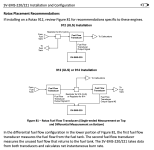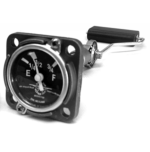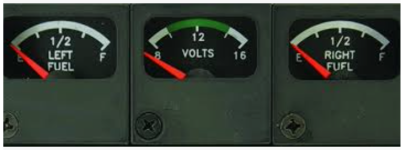My fuel flow numbers run high at full throttle during the first part of my flights with a full tank and climbing, as much as 6.5 gph. I know the numbers are wrong since I have done actual refill after an hour and it is around 5.0 - 5.5. I am not sure what causes the high readings, bad fuel sensor, more return flow because of more head pressure, cold flow sensor.
My average gph flying 2 people and a dog at 115kts, 5400 rpm for a full tank, 3.5 hrs, measured by refilling in the same location is repeadly 4.33 gph. My Dynon flow rate reads 4.3 after the first hour of flying but it shows excessive total use because of the first hour is high.
In any case I was thinking if there was a sensor reading the return flow back to the tank and subtracting it from the total there would be a more acurate total and no need for a K factor.
I was wondering if anyone has done 2 sensors.
My average gph flying 2 people and a dog at 115kts, 5400 rpm for a full tank, 3.5 hrs, measured by refilling in the same location is repeadly 4.33 gph. My Dynon flow rate reads 4.3 after the first hour of flying but it shows excessive total use because of the first hour is high.
In any case I was thinking if there was a sensor reading the return flow back to the tank and subtracting it from the total there would be a more acurate total and no need for a K factor.
I was wondering if anyone has done 2 sensors.
Last edited:







